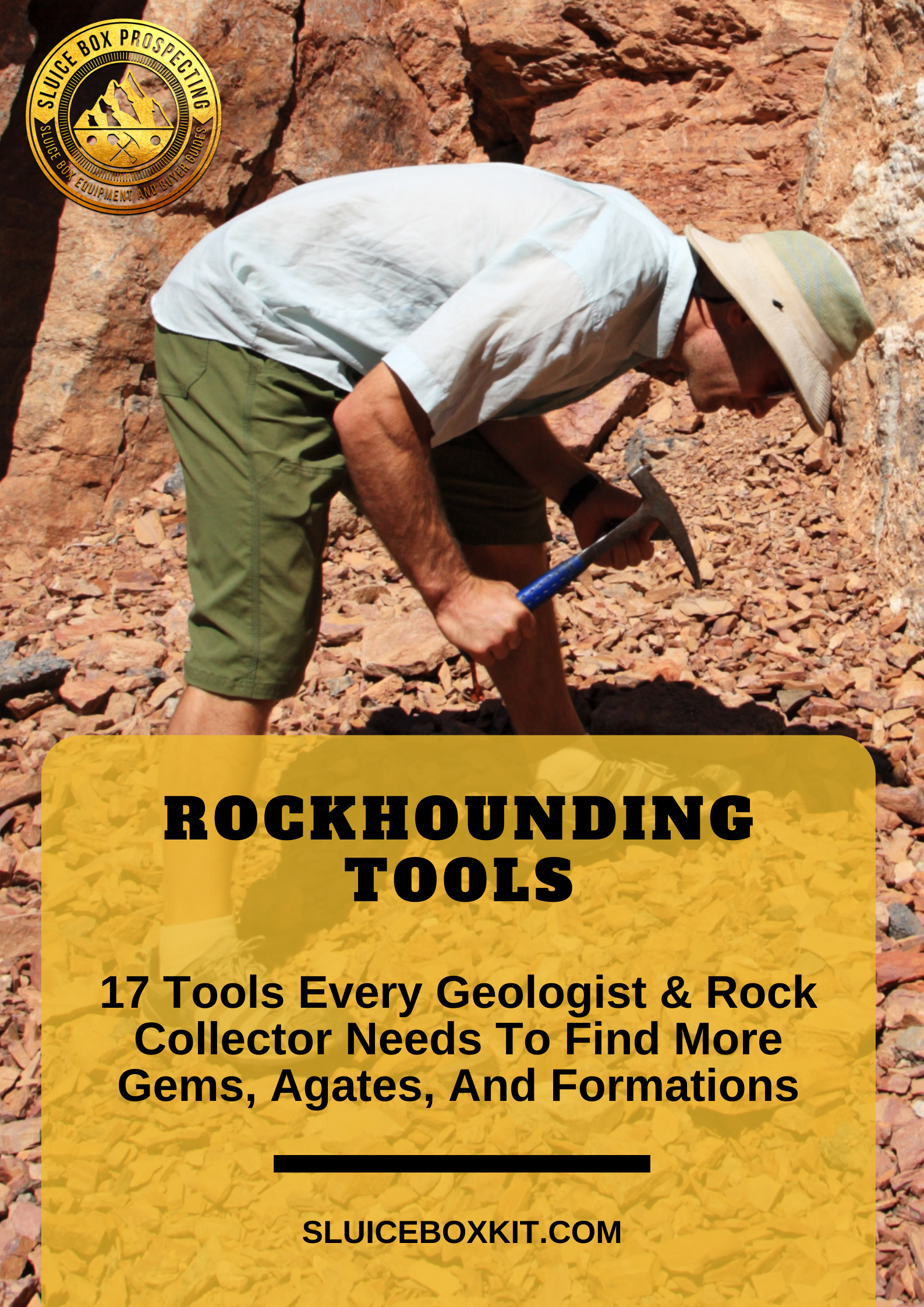With the right rockhounding tools, you can find gems and agates more efficiently. And the faster rocks with potential are uncovered and examined, the more opportunities there are to score big. The chance of finding a gem or agate lures rockhounds outside again and again in hopes that the next rough, dull rock will turn out to be something beautiful.
Essential rockhounding tools for finding gems and agates include a rock hammer, rock chisel, sand digger, pry bar, flashlight, shovel, trowel, brush, sieve, and jeweler’s loupe. Gloves and safety goggles are also necessary. It’s helpful to use a backpack or bucket to bring home what is collected.
If you’re hunting for the best rockhounding tools to help you bring home the best rocks, read on to find out which rockhounding supplies you should take on your next outing.
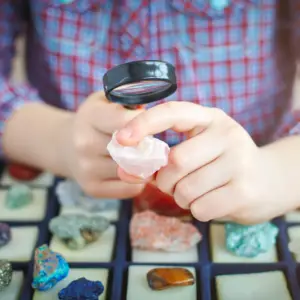
What Tools Do You Need For Rockhounding?
Table of Contents
The most valuable asset you have is your time. Experienced rockhounds know that using the right rockhounding supplies can make all the difference in whether or not an expedition is successful. And even if your rock hunt isn’t for profit, you still want to make the best use of your time in the field.
You may look for gems and agates in different types of geological places, but uncovering and bringing both types of rocks out into the open for study and collection requires similar tools. Beginning rockhounds will do well to start out with the basics and add to their tool inventory as they can.
17 Rockhounding Tools Every Geologist & Rock CollectorNeeds
- Rock Hammer
- Rock Chisel
- Crack Hammer
- Rock Picker
- Pry Bar
- Sieve
- Trowel
- Knife
- Flashlight
- Spray Bottle
- Brushes
- Shovel
- Jewelers Loupe
- Safety Gear
- Container
- Navigation Tools
- Rock Hammer
Rock Hammer
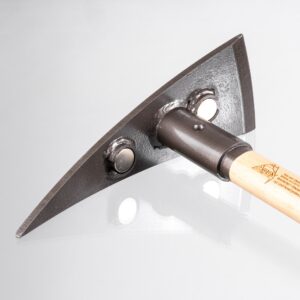
A rock hammer or pick is a two-headed device specially designed for rock hunting. One head is sharp and pointed for precise chipping while the other is more squared off for use on a broader area. Many rock picks also come with magnet systems that help distinguish between precious and semi-precious metals. Two excellent choices are:
Rock Chisel
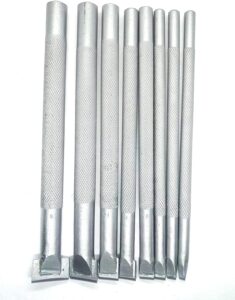
A rock chisel is used to delicately break off the rough rock and expose the gem or agate within. It’s best to use a chisel specifically made for masonry; otherwise, you run the risk of the chisel breaking on the rock’s hard surface. Carbide-tipped chisels will last longer than standard chisels. A quality chisel set is essential for a rockhounding tools collection.
Crack Hammer
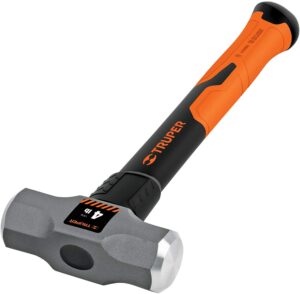
A crack hammer, or hand sledge, is basically a small sledgehammer used to break up rocks either by itself or in conjunction with a chisel. A 3-4 pound crack hammer will provide enough force for rockhounding.
Rock Picker (Sand Digger)

A rock picker, also known as a sand digger, consists of a mesh scoop on the end of an adjustable pole. It allows you to scoop and sift through sand without having to constantly stoop and bend over. Frequent rockhounds will testify that a rock picker saves the back from many aches and pain.
Pry Bar
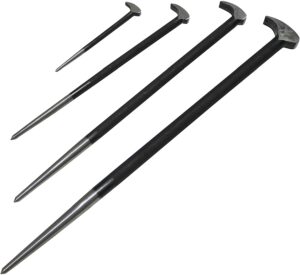
In rockhounding, pry bars are useful for prying and digging up bigger rocks and other objects that are in the search area. No need for an extra-long bar since a 15”-18” bar will do the trick and be more portable.
Assorted Hand Tools
Rockhounds often find an assortment of hand tools to come in handy out in the field. They’re useful when a more precise and delicate touch is needed. Some tools to include in the category are:
- Sieve: Used to sift out sand and smaller dirt particles and expose heavier objects like gems or agates
- Trowel: Handy for times when a larger shovel is too big or risky to use
- Small knife: Offers more precise chipping and removing of excess rock once the target area has been narrowed down
Flashlight
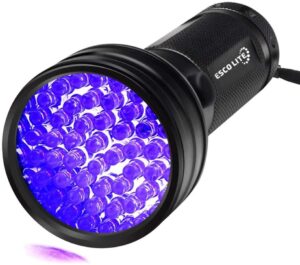
A flashlight is particularly useful when searching for agates. Agates are translucent, meaning light can shine through. By shining a flashlight onto a potential find, you can see if any light gets through. If it does, it may be an agate.
Spray Bottle
A spray bottle filled with water comes in handy when you hunt for gems and agates. Rocks are usually covered in dirt and other debris making it difficult to see what’s there. A gentle spritz of water and a quick wipe with a rag helps remove the grime right there in the field.
Brushes
Stiff paint brushes in various sizes work great for clearing the ground around in a target area or sweeping dirt off a potential find.
Shovel
Keep a shovel in your rockhound kit so you can rearrange dirt or other materials in your hunt for gems and agates. Shovels come in a variety of sizes and some are even foldable. A few good options include:
Jeweler’s Loupe
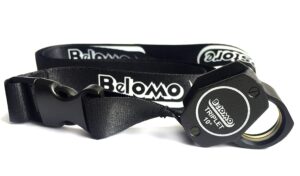
A jeweler’s loupe provides light and magnification so that you can see exactly what you’ve found in clear detail. The best loupe for rockhounds is one that folds up within itself and is lightweight and small enough to drop in a pocket.
3 Pieces Of Equipment To Use With Rockhounding Tools?
Now that you know what tools are needed for a successful rock hunting trip, let’s talk about some other handy equipment. Taking along these things will help your rockhounding expedition go more smoothly and safely.
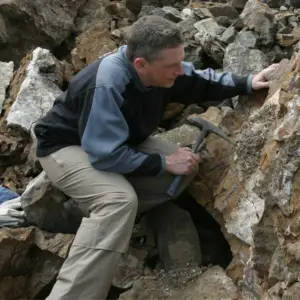
Protective Gear
While searching for gems and agates isn’t all that dangerous, you should take a few safety precautions. It’s important to wear gloves to protect your hands from sharp rocks or a stray hammer. Safety glasses are a must when you’re chipping and hammering at rocks.
Containers
Transporting your rock treasures back home requires some type of container and packing material. Most rockhounds choose either a bucket or a backpack to haul their finds out of the field.
- Bucket: A bucket is most useful when you’re fairly close to civilization and don’t have to carry supplies a long way.
- Backpack: Choose a sturdy pack that won’t tear under a heavy or sharp-edged load. Ripstop is a good fabric to look for.
- Wrapping material: Fragile objects need protection on the way home. Use old newspaper, fabric scraps, or bubble wrap to cushion your finds.
- Small containers: Small individual containers add double protection for gems and agates already wrapped in cushioning material.
Navigation Tools
- Compass or GPS: Good rockhounding spots may be out of cell phone range so invest in a quality navigation tool like a compass or handheld GPS.
- Topographic maps: Take along maps that provide information about the local terrain.
Rockhounding Tools Summary
Anybody can wander out of their backdoor and pick up a few interesting rocks without using tools. Serious rockhounds, however, know that the right tools can go a long way towards finding superior specimens of gems and agates quickly and safely.
Rockhounding Tools Sources:

